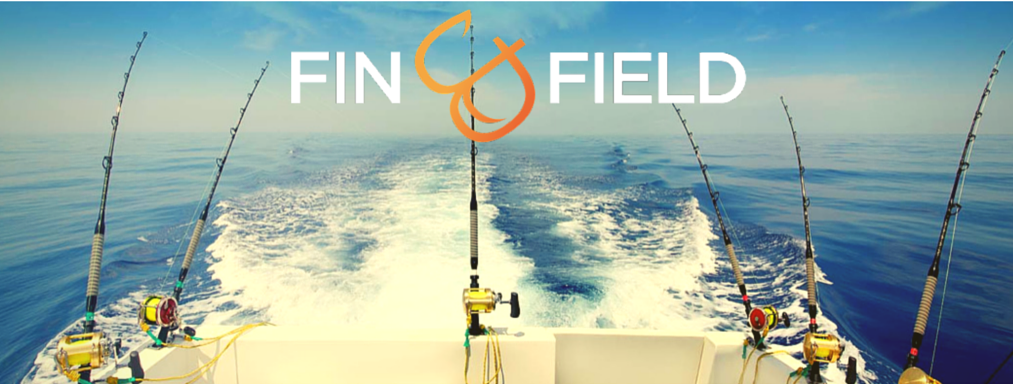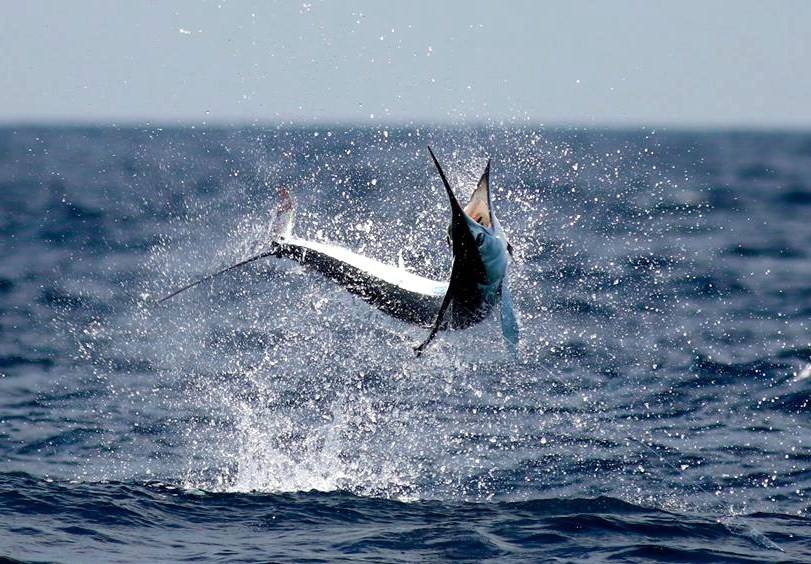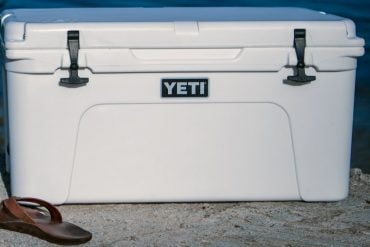The plan is coming together. You’ve decided the type of trip you’re taking, you’ve narrowed down the target of your pursuit and now all that’s left is “how much is this fish worth?” Not a small or unimportant question given average trip costs.
Did you know?
According to a joint U.S. Fish and Wildlife Services and U.S. Census Bureau report, in 2011 the average angler spent $494 on freshwater fishing trips (not including the Great Lakes), $655 on Great Lakes fishing trips, and $824 on saltwater fishing trips. These expenditures per angler are not surprising. Many freshwater trips don’t require a boat—think the local bass pond or trout stream— but as you move into larger and larger bodies of water (i.e., the Great Lakes and oceans), costs go up.
Keys to Planning a Fishing Trip:
1. Is this a vacation where we fish or a fishing vacation?
3. How much is this fish worth?
How much is this fish worth?
Fishing is not cheap, but it doesn’t have to be expensive either. Generally speaking though, the more money you spend, the more time you’ll have, and more time means more opportunity. Therefore, money means opportunity when it comes to catching fish.
For example, say your dream is to catch a tarpon on the fly. You could book a half-day $500 charter in Key West. After meeting at the dock, running to the flats, and scouting for a worthy fish, you finally see, 60 feet off the bow, the wall-hanger you’ve dreamed of. He’s breaking the surface sucking air, dorsal fin sharking in and out of the warm clear water.
Is that worth $500? Most fishermen would enthusiastically say, YES! But realistically, you may only get a cast or two before that fish spooks. Such is the nature of tarpon and fishing an accessible area such as the Keys. As a good friend and longtime Key West charter captain tells all fly guys planning flats vacations, “you better be able to drop that fly in a 5-gallon bucket at 30 yards. Every cast counts.”
At the other end of the spectrum is the full-on fly-fishing lodge. The waters off Belize are covered with tarpon, and there’s much less pressure. But you better have $10,000 in your vacation account for that kind of trip. In Belize, you might cast dozens of times to dozens of fish in a single day—and you’ll have a week to do it.
Money means time and time means opportunity. Finding the fish is more than half the battle, and even the best guide can’t put you on fish 100 percent of the time. At the end of the day, you must ask yourself, “how much is that dream tarpon on my wall worth?”
Planning a trip shouldn’t be a headache, rather it should be part of the fun. The more information you have going into the process the easier and more successful you’ll be so click here to head over to Fin & Field to download the rest of our Guide to Planning and Booking a Fishing Trip.
Good luck!





